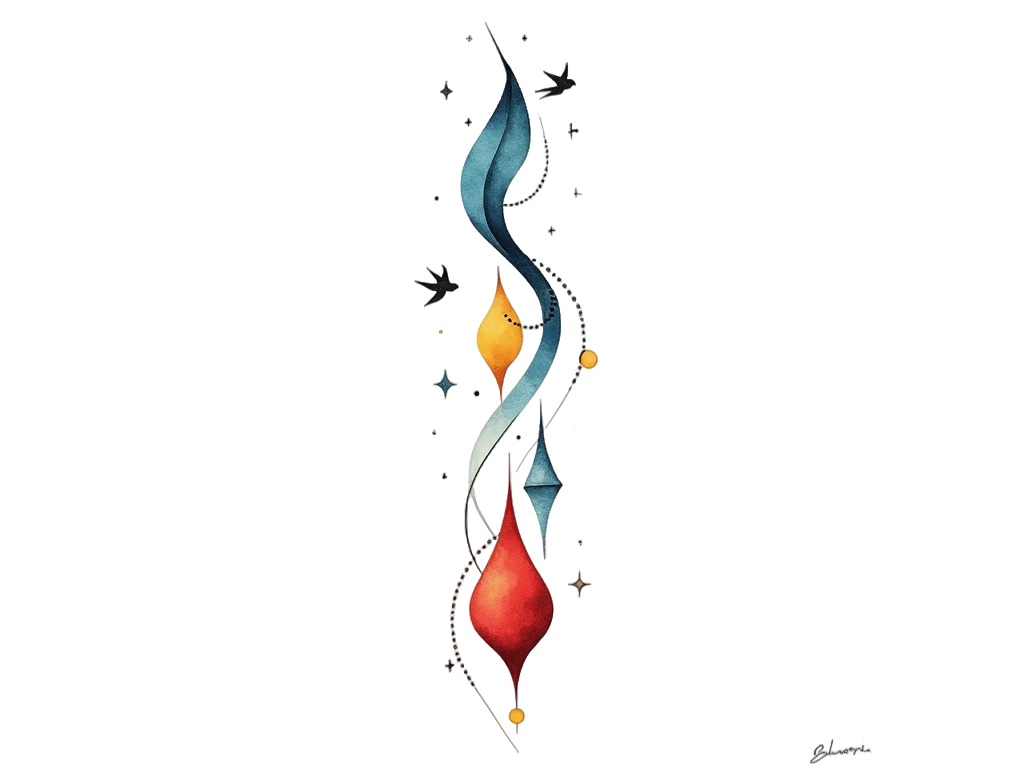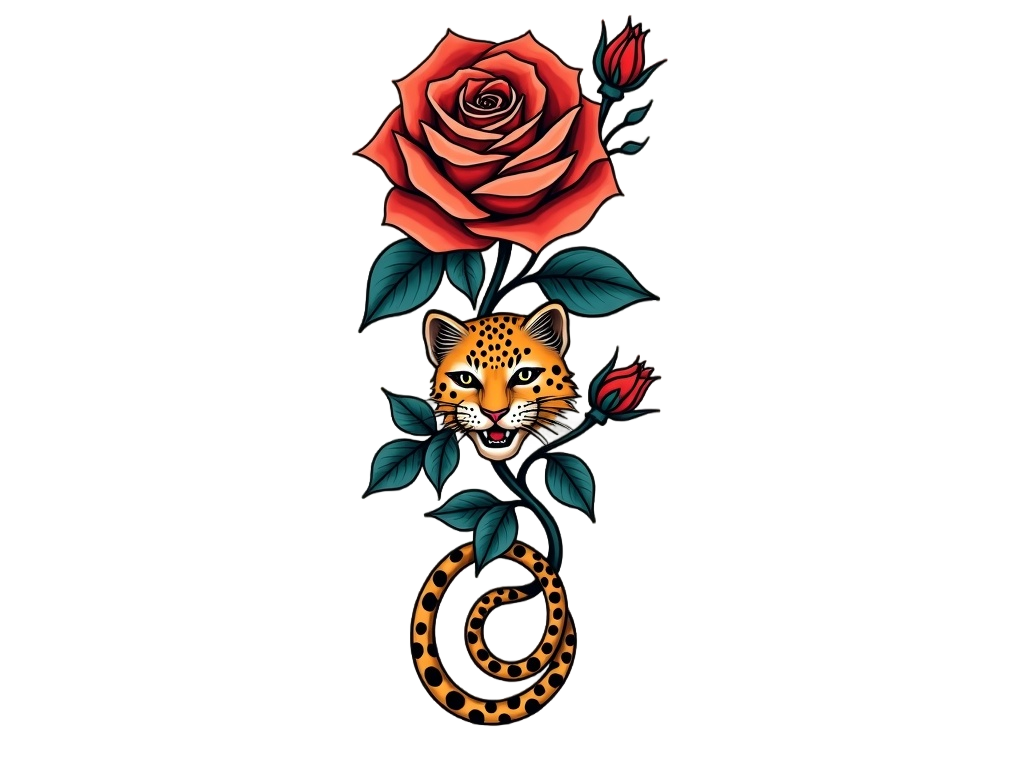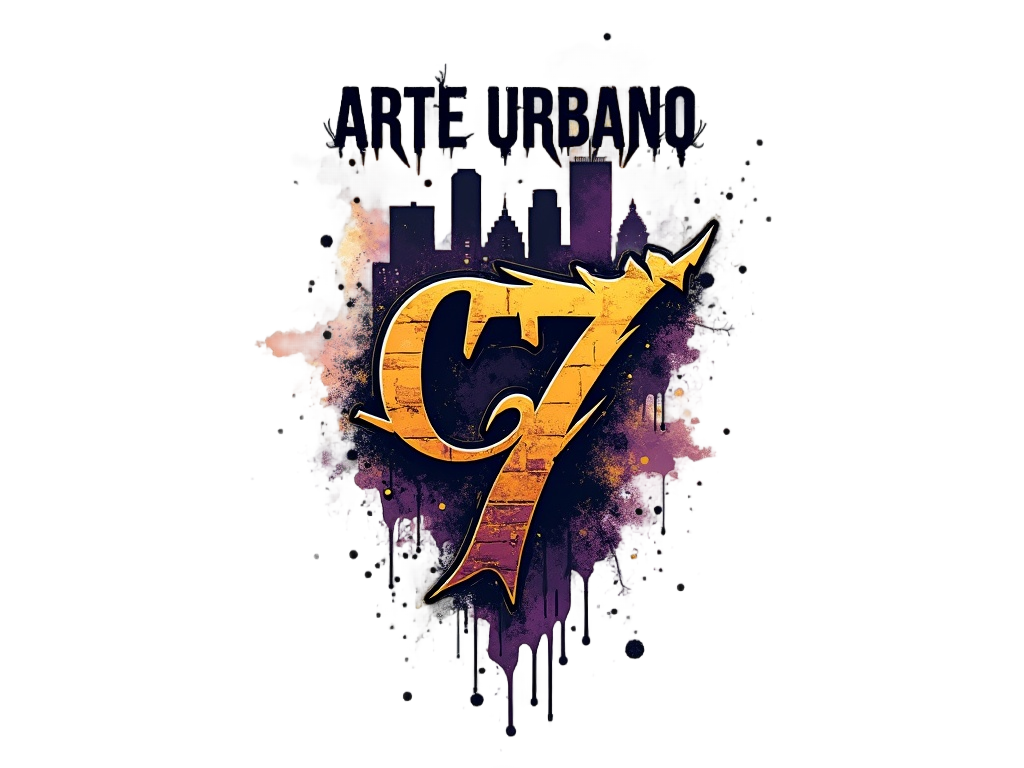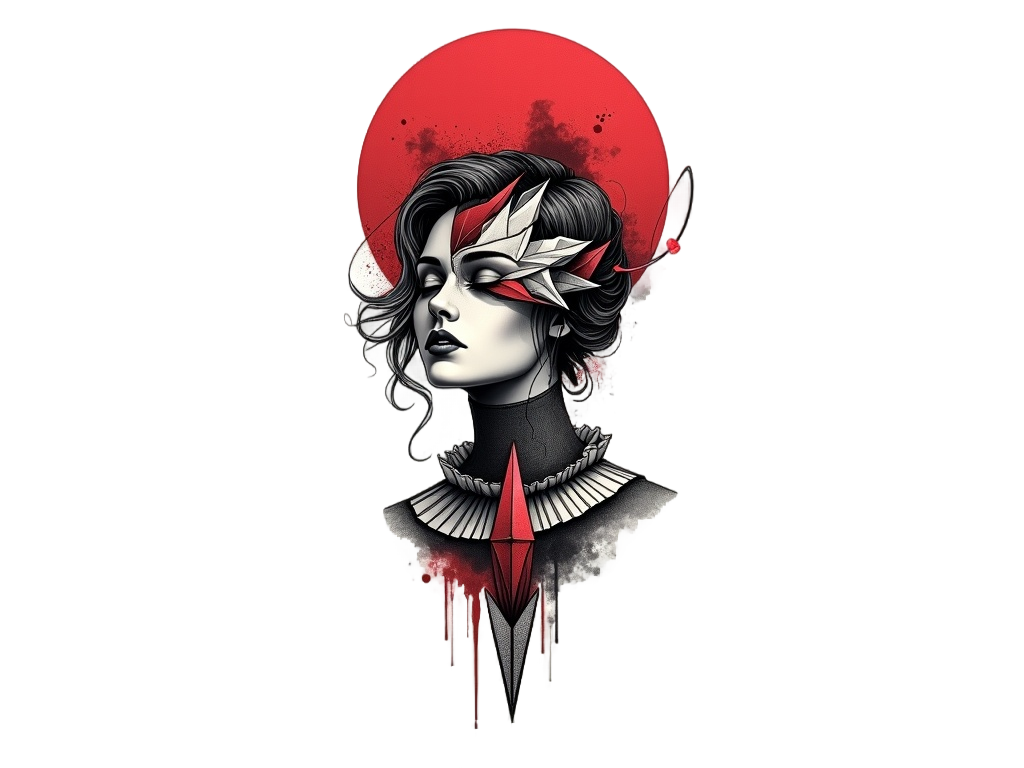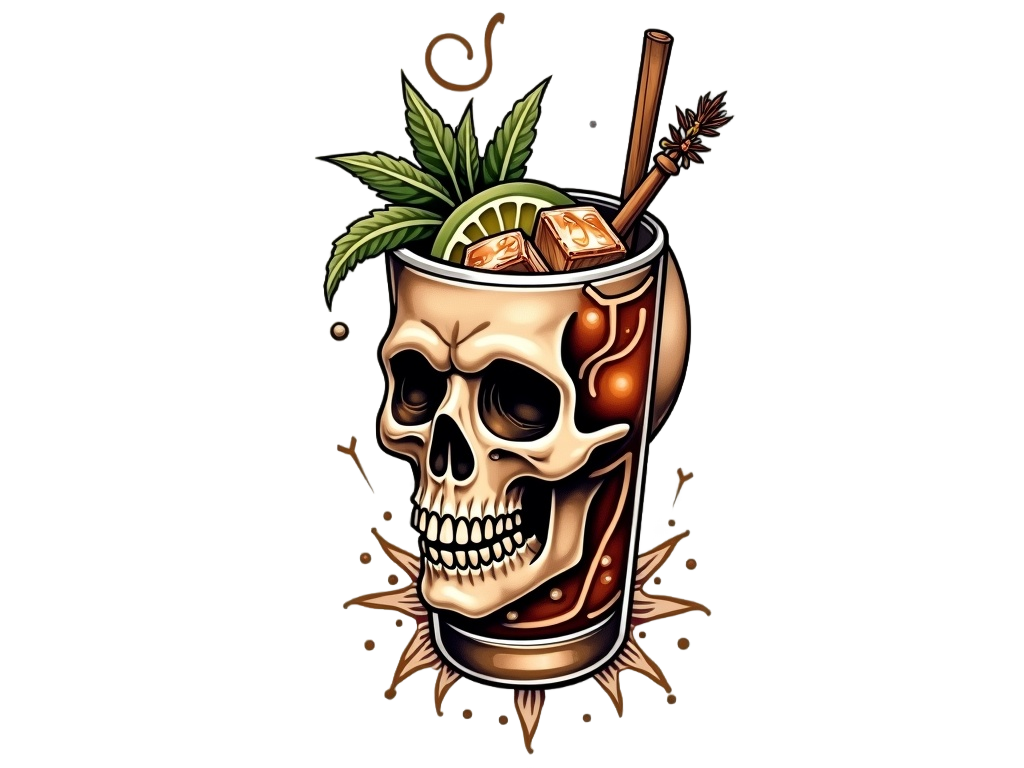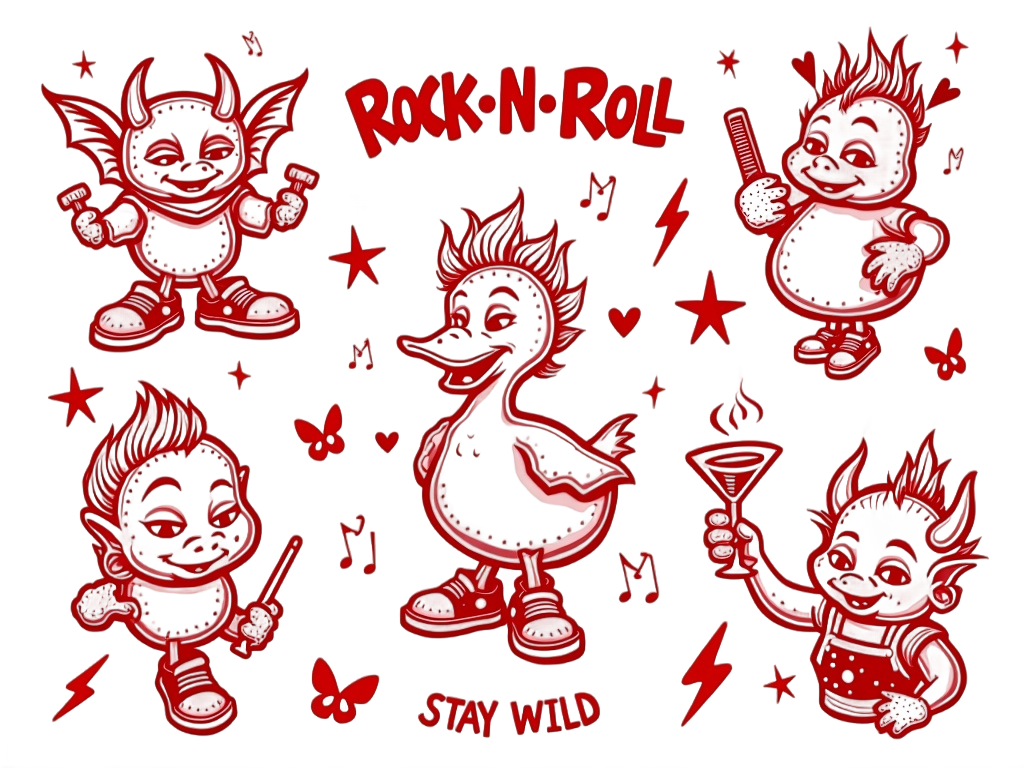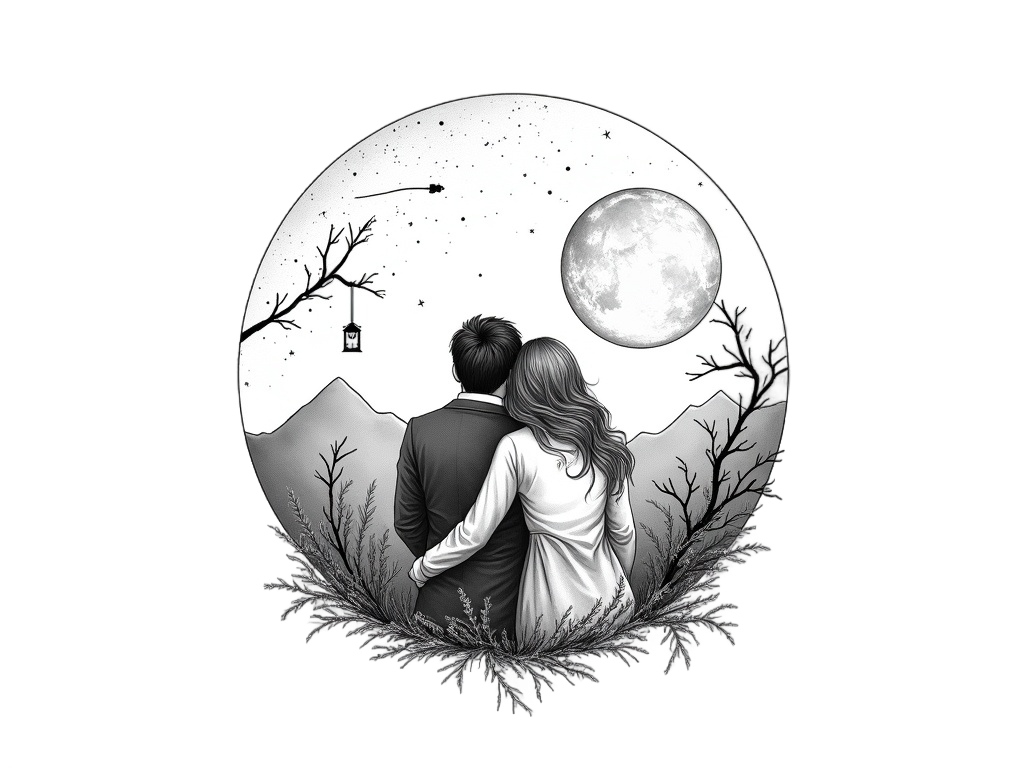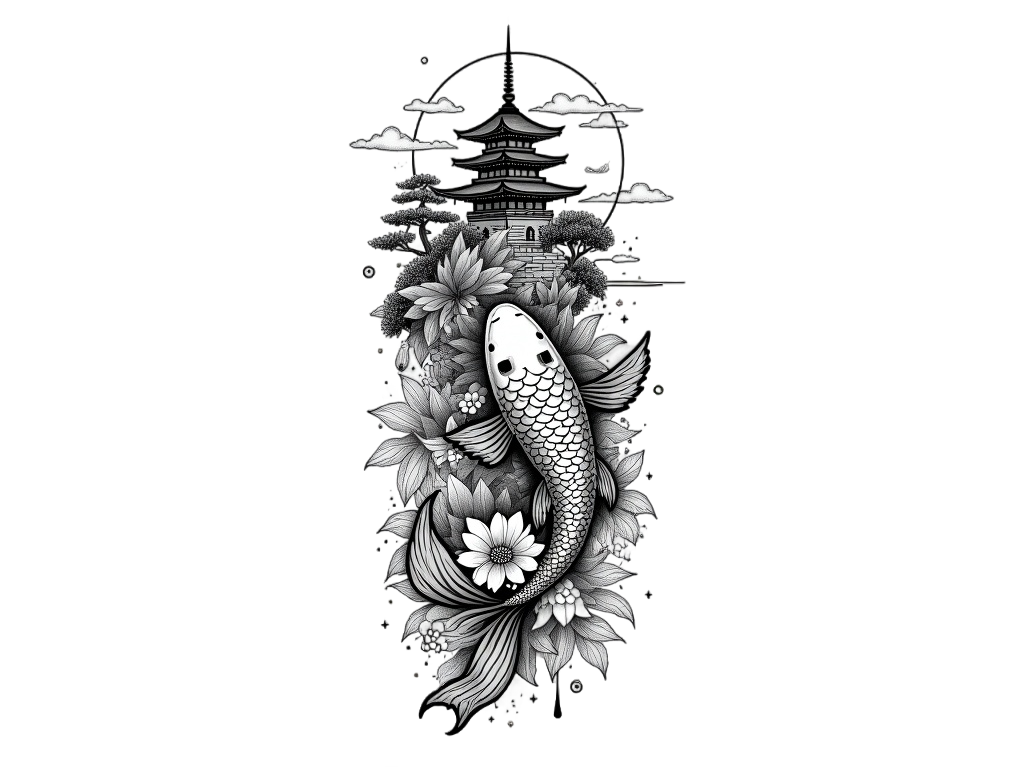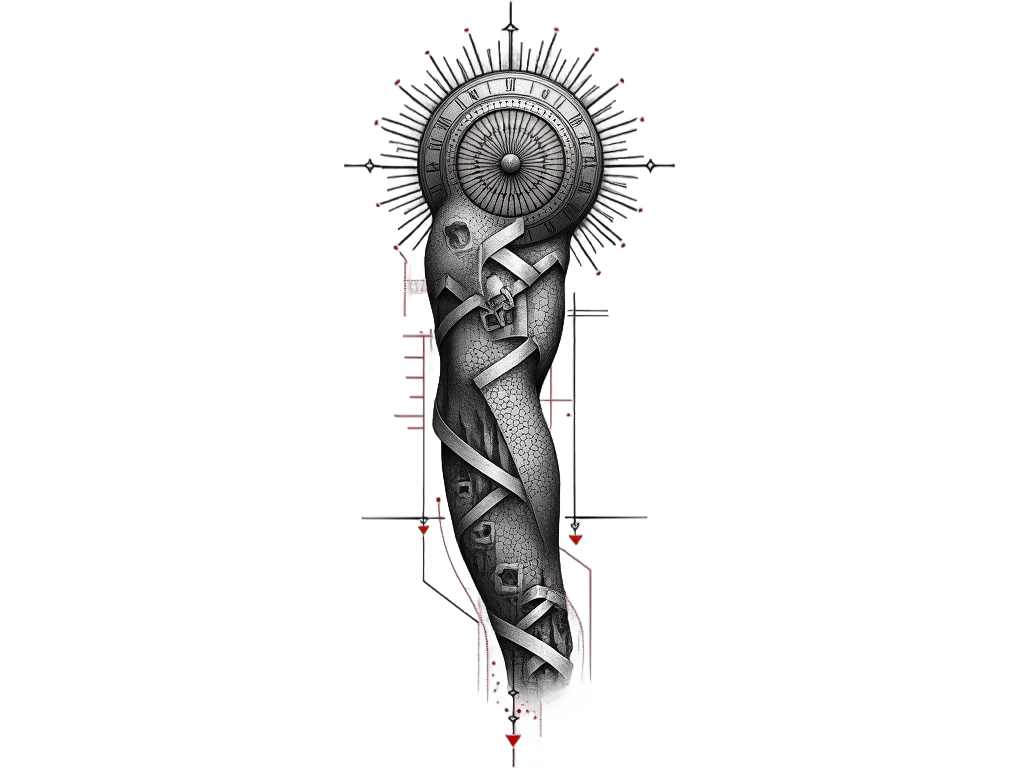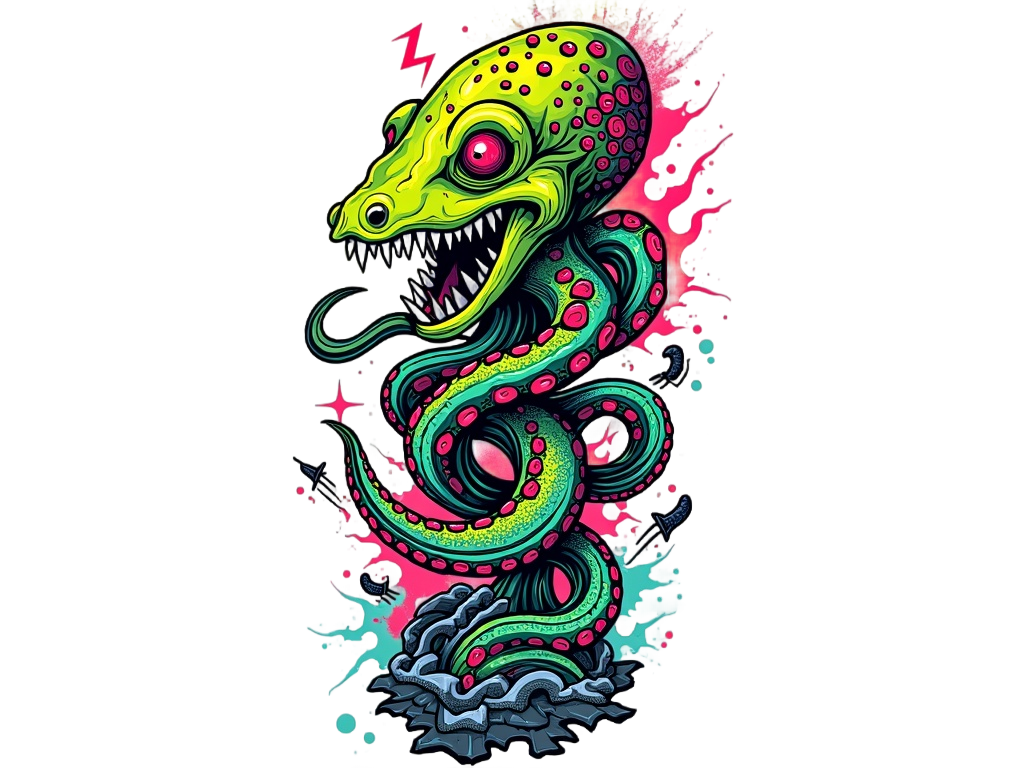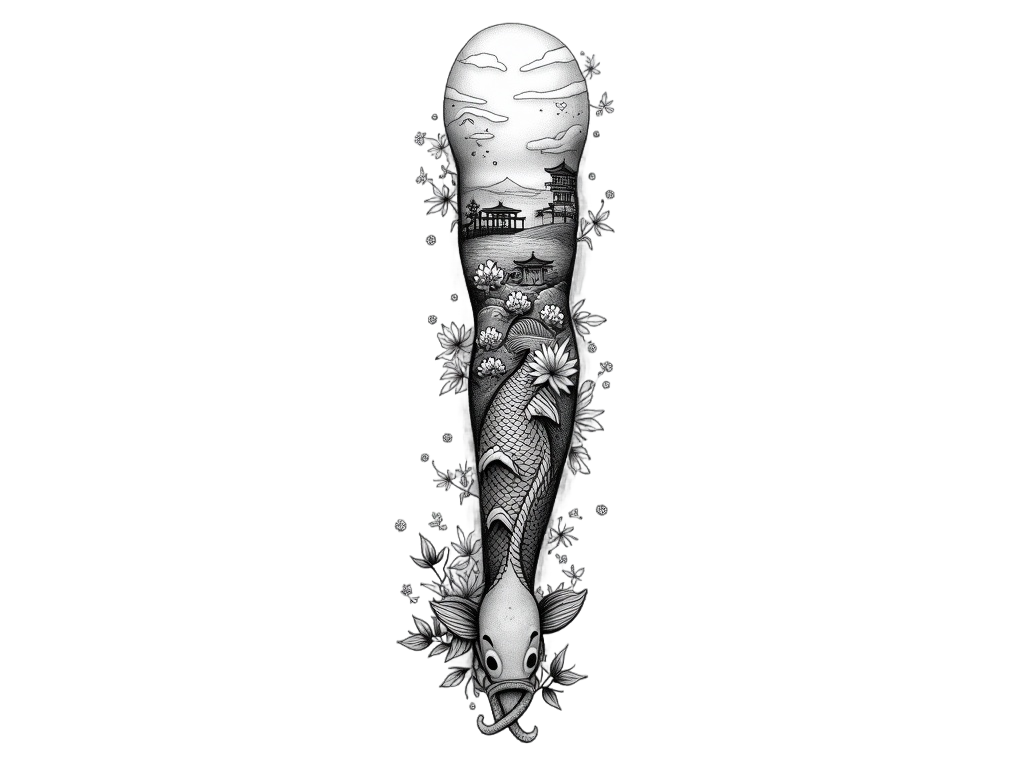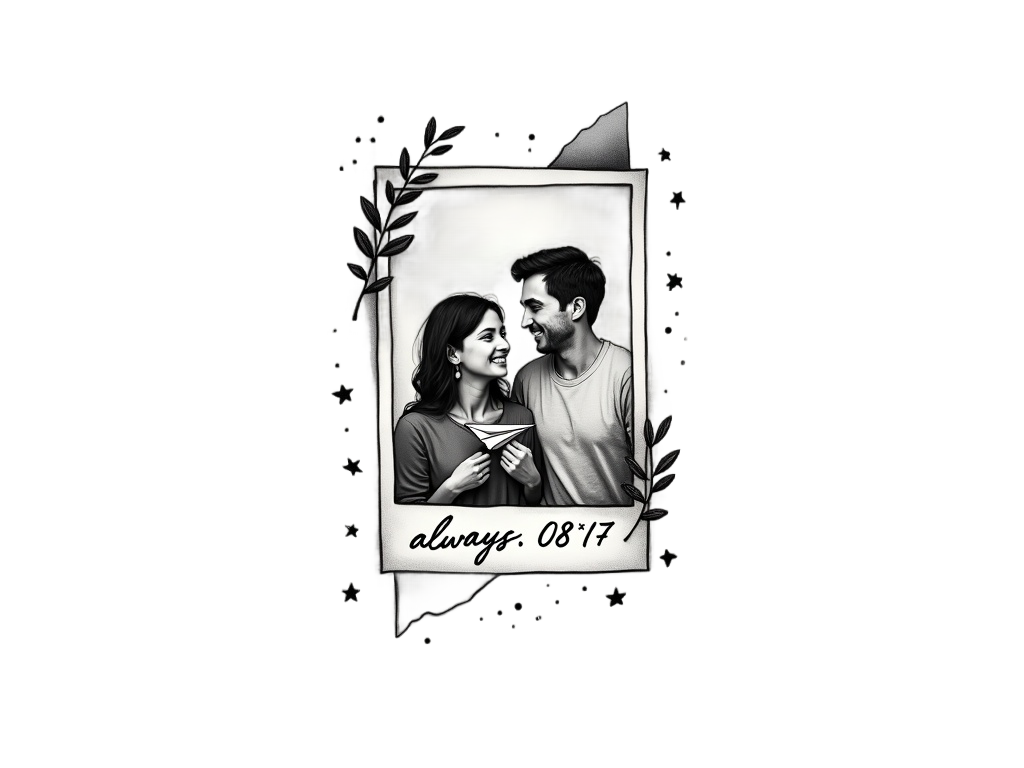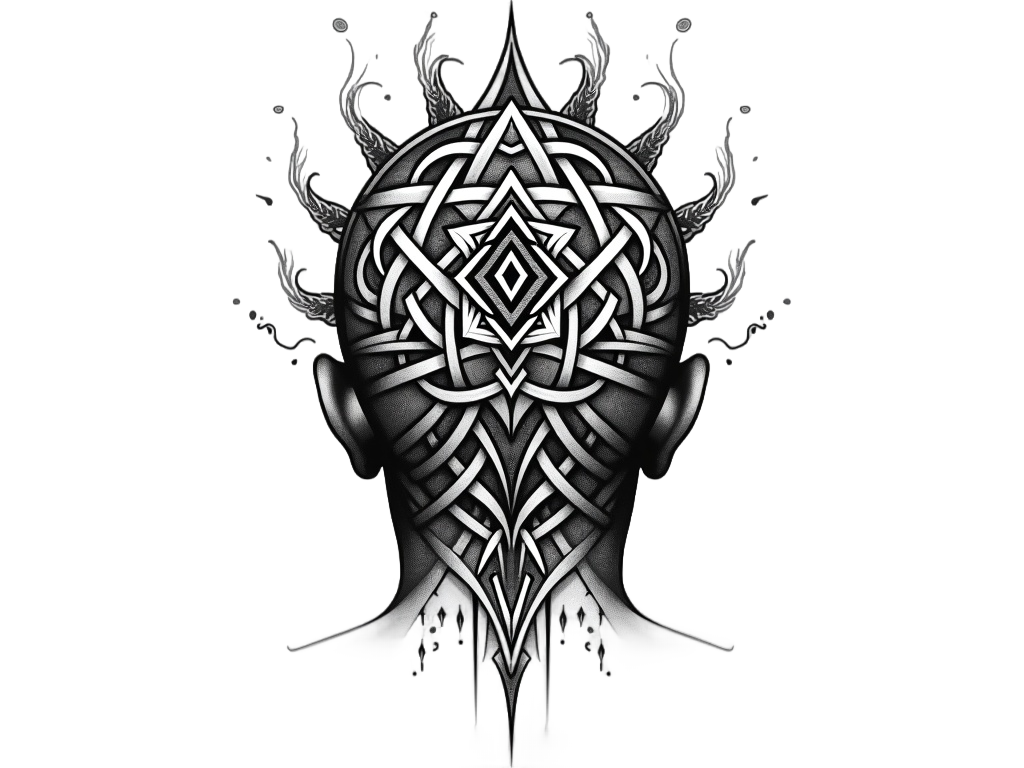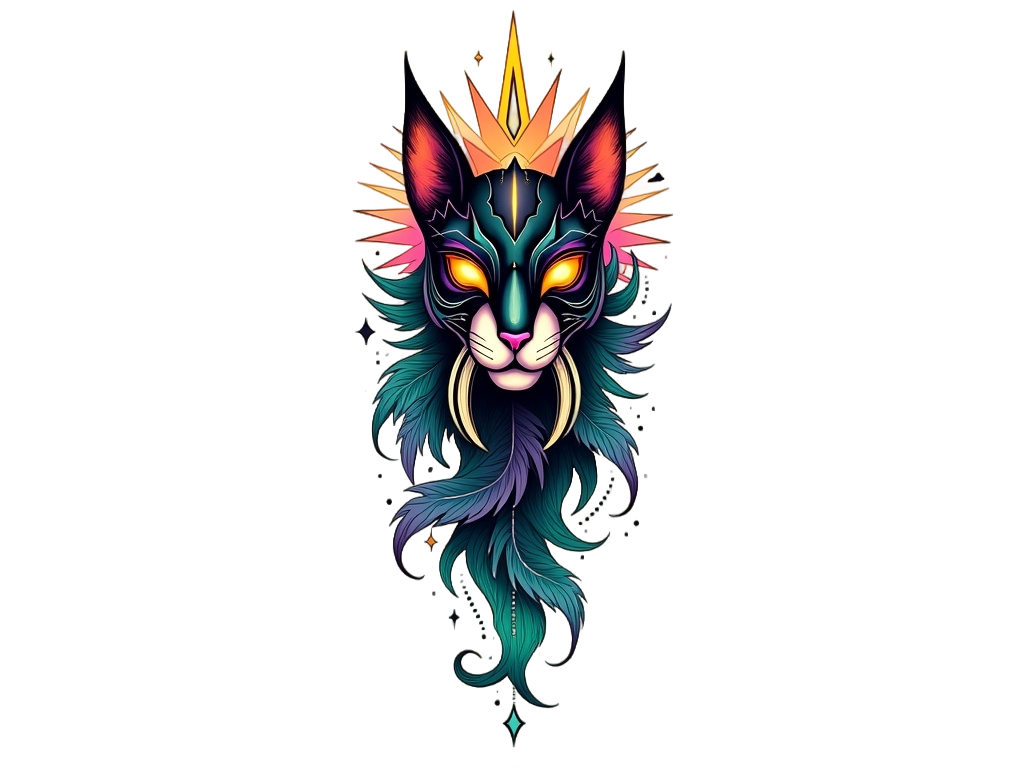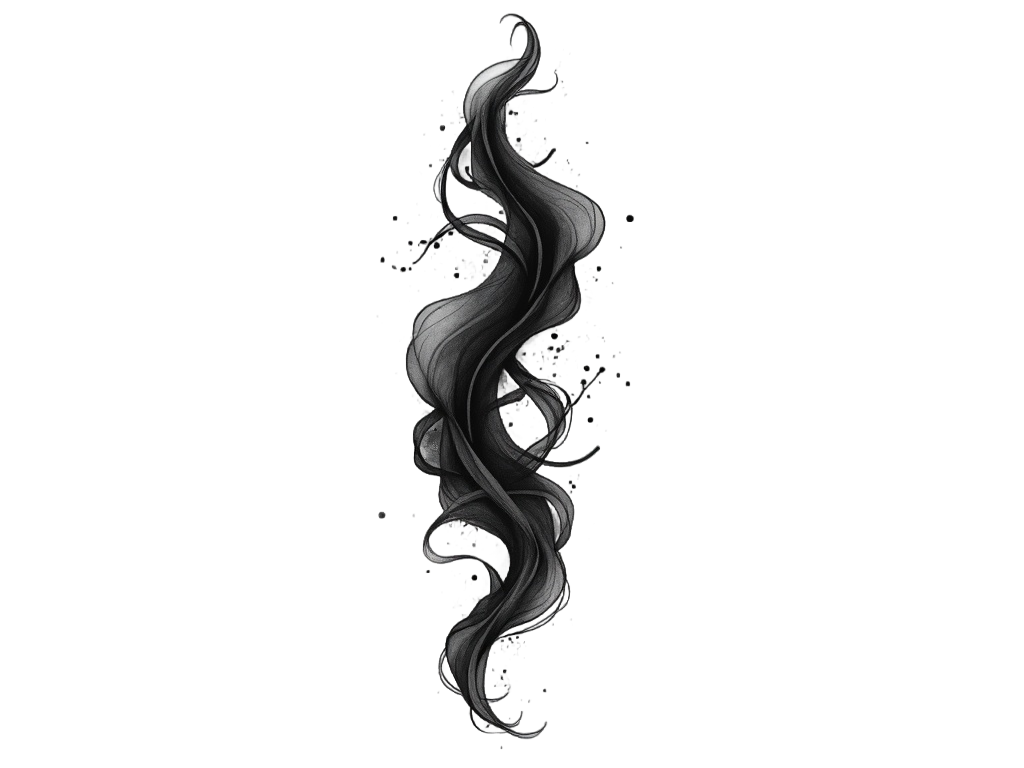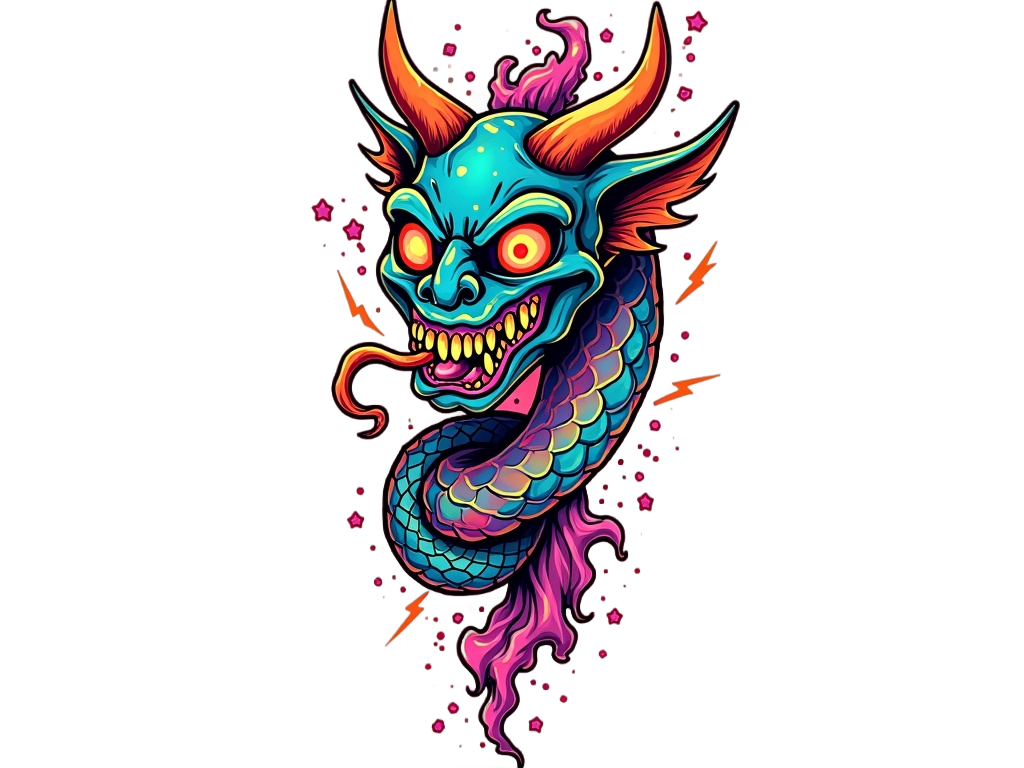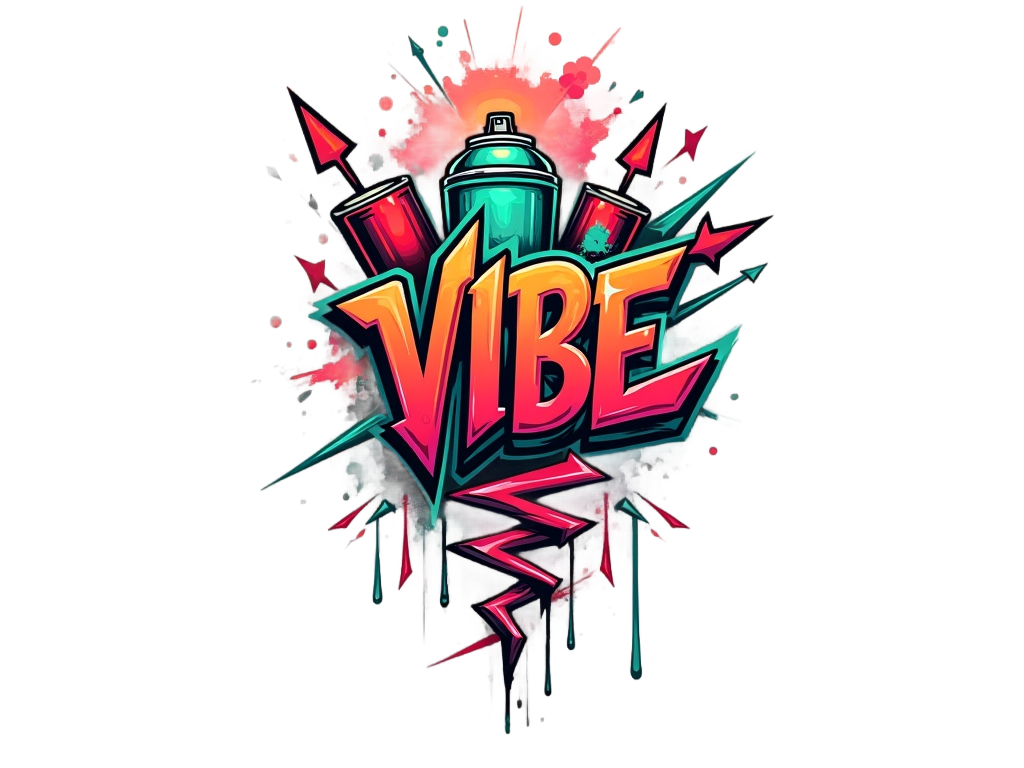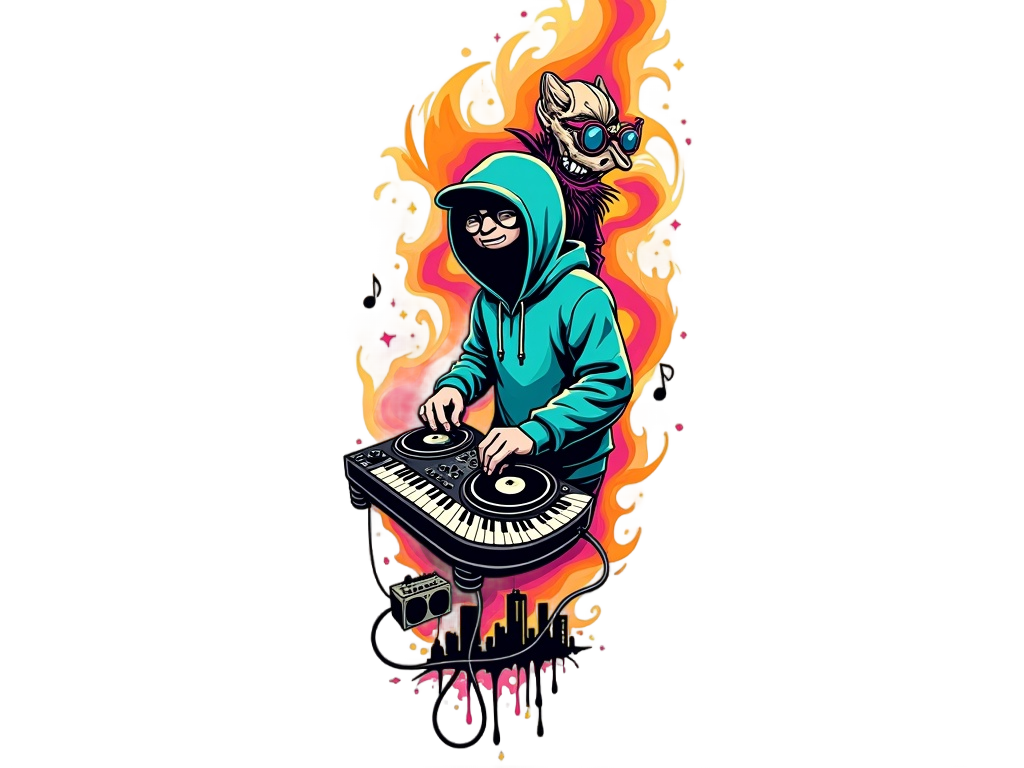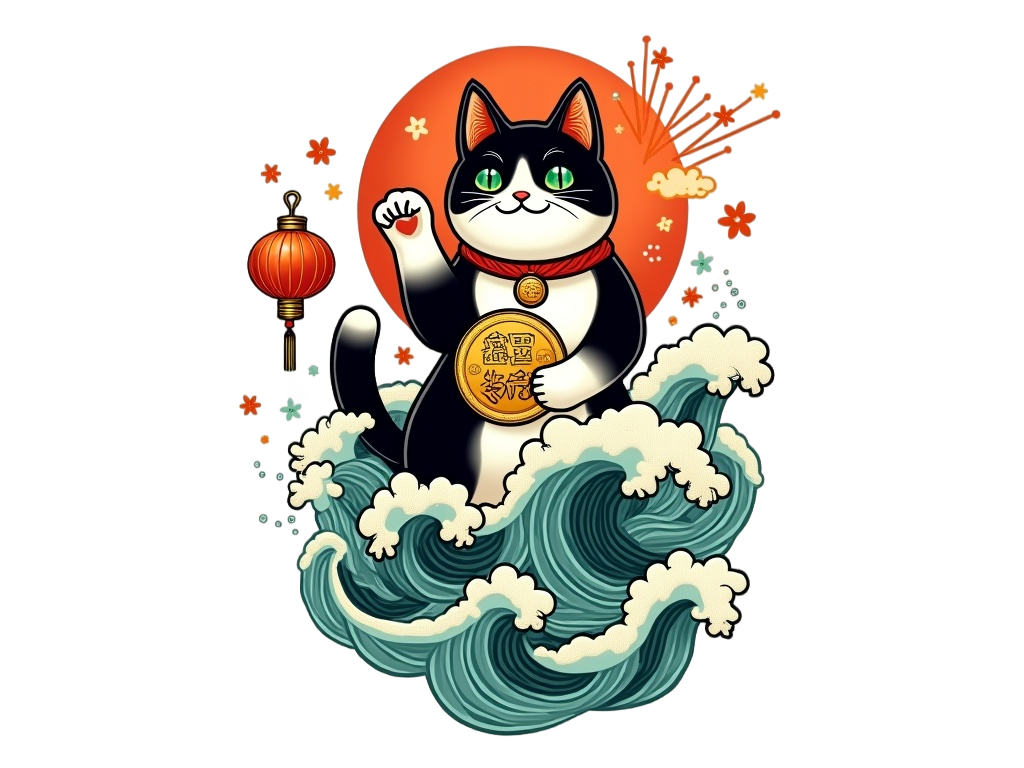Graffiti Tattoo Ideas
Meaning of Graffiti Tattoos
- Graffiti-style tattoos are often associated with urban culture and street art, reflecting a rebellious and creative spirit.
- These tattoos typically feature bold, colorful designs with intricate lettering and imagery, reminiscent of graffiti found on city walls.
- Common meanings include self-expression, individuality, and a connection to urban life and culture.
- Graffiti tattoos can symbolize a sense of freedom and non-conformity, as graffiti itself is often seen as a form of protest or social commentary.
- Historically, graffiti has roots in ancient civilizations but gained prominence in the 20th century as a form of modern street art.
- Culturally, graffiti is linked to hip-hop and punk movements, representing a voice for marginalized communities and youth culture.
- These tattoos are popular among both men and women, often placed on visible areas like arms, legs, or the back to showcase the art.
- The style is versatile, allowing for personalized designs that can incorporate names, quotes, or symbols meaningful to the wearer.
- Graffiti tattoos can also serve as a tribute to a particular city or neighborhood, celebrating local culture and identity.
- The vibrant and dynamic nature of graffiti tattoos makes them a popular choice for those looking to make a bold statement with their body art.
5,293 Tattoo Ideas

Un Verano Sin Ti” Tattoo Party! ❤️ Aquí un “recap” de mi mas reciente colaboración con @badbunnypr ! Con tan solo 11 artistas logramos sobre 150 tatuajes en un día! Gracias a
juan_salgado

Pablo West (@pablowesto) • Instagram photos and videos
pablowesto

Jara (@jara.ink) • Instagram photos and videos
jara.ink

Estoy muy contento de presentarles este nuevo proyecto ,del cual quiero que todos seamos parte de el y que juntos logremos grandes cosas!! Ayúdanos compartiendo 🙌 ➡️Gargs Art Tattoo Show, es un
monegargg

Letters (@seko.tattoos) • Instagram photos and videos
seko.tattoos

Él graffiti es lo más vandálico del arte y los más artístico del vandalismo.
stick_rosas

Gerald | Tatuaje & Arte | Dios es solo otro artista como yo. ~ Salvador Dalí ~ . . . . . . #tattoo #tatuajes #tattooist #tattooideas #tattooart #tattoos #tatuajes... | Instagram
gerald.arte

Custom Lucky Cat! 🐱💥 Comenzamos con la nueva temporada de tatuajes! Además de ser artista siempre me ha apasionado ser ilustrador. Hacer tatuajes personalizados toda la vida me ha dado la oportunidad
juan_salgado

Kevin Franco Art | PRIMERA SESIÓN PARA EL @monozabaleta pronto les estaré mostrando la continuidad de este excelente proyecto !! #tattoo #tatuajes... | Instagram
p

Galería Bar Mejunje | Los tatuajes de la convención TINTA, LUEGO EXISTO. Gracias a todos. Los artistas y modelos que participaron, gracias de corazón. #tattoo... | Instagram
galeriabarmejunje

C A R L O S S A N T A N A (@carlostattoord) • Instagram photos and videos
carlostattoord

Pura Tinta Fest | Artista costarricense confirmado: @santiagorivera_tattoo 🇨🇷 Este talentoso artista será parte de la segunda edición de Pura Tinta Fest este... | Instagram
puratintafest

Kevin Franco Art | Un proyecto que me ha gustado realizar, y creo que utilizar el tatuaje para honrar a Jesús y su sacrificio es una gran elección para tu... | Instagram
p

⚜️𝑱𝑼𝑨𝑵 𝑹𝑶𝑫𝑨𝑺⚜️•𝑻𝑨𝑻𝑼𝑨𝑫𝑶𝑹•𝑻𝑨𝑻𝑻𝑶𝑶•𝑪𝑨𝑳𝑰• 𝑻𝑨𝑻𝑼𝑨𝑱𝑬𝑺• (@rodas_tattoo777) · Instagram 照片和视频
rodas_tattoo777

💀(H3RM3S TATTOO ESTUDIO)💀 | CEBATE LOKO!!! Y TAMBIÉN SEBATE LOS TERES. .RAPERITOS CON UN TERE SÚPER SUBREALISTA . .praaaaa! Praaaa!!! . . En @mecacorrientes... | Instagram
desertor.1

Un Verano Sin Ti” Tattoo Party! ❤️ Aquí un “recap” de mi mas reciente colaboración con @badbunnypr ! Con tan solo 11 artistas logramos sobre 150 tatuajes en un día! Gracias a
juan_salgado
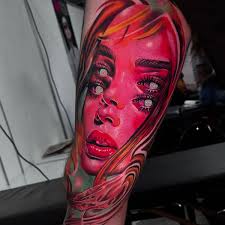
Artista costarricense confirmado: @carlosvallejostattoo 🇨🇷 Este talentoso artista será parte de la segunda edición de Pura Tinta Fest este 28 de Febrero y 01 y 02 de Marzo 2025. ¡No te pierdas
puratintafest

Parte de una manga en grises en proceso !! #arte #costarica #art #puravida #artist #tattoo #ink #tattoos #costaricatattoo #tatuajes #tatuaje #tattooart #inked #artwork #handmade #love #draw #sanjose #artista
obandosamuel

Gerald | Tatuaje & Arte | Dios es solo otro artista como yo. ~ Salvador Dalí ~ . . . . . . #tattoo #tatuajes #tattooist #tattooideas #tattooart #tattoos #tatuajes... | Instagram
gerald.arte

Gerald | Tatuaje & Arte | Querido @oscarrrh96 Espero que al leer esto te encuentres bien. Quería tomarme un momento para reflexionar sobre el increíble día que... | Instagram
p

De pegada en Madrid con la fam 🖤 El Niño Sol cruzando el atlántico con un frontflip para aterrizar en Malasaña
jcgarciahamilton

💀(H3RM3S TATTOO ESTUDIO)💀 | (LA CREATIVIDAD ME CONECTA CON LO MEJOR DE MI.)✨ CON EL ENTORNO Y LA INTROSPECCIÓN. la inspiración tiene un origen divino o espiritual o... | Instagram
desertor.1

Sin misterio . Lamina de flashes disponibles 🖤🏴☠️🦭 . Turnos y culsultas me hablas me hablas me hablas 💕😮💨💕 . 🦭así te espero 🦭 . #tattoo # tatuajes #flash #flashtattoo #traditonaltattoo #brightandboldtattoo
agus_tripo

El truco está en la colaboración… 🏆 Aquí un poco del proceso con @yosoymolusco, junto a @miguel_delcuadro , @_juancobian_ y @denisebaez , captado por el lente de @vnthonyedwin 💥 Que clase de
juan_salgado
One App to Store All Your Tattoo Ideas
Store your tattoo ideas in one place and Virtual Try-On them on your body!

Avoid Regrets with 3D Virtual Try-On!
Do a 3D Virtual Try-On to see how your tattoo design looks like on your body before you get it tattooed. Powered by Tatship's AI and 3D technology.



Cultural Considerations and Taboos for Graffiti Tattoos
Graffiti tattoos, while popular, can sometimes be associated with negative connotations due to their roots in street art, which is often linked to vandalism. In some cultures, tattoos themselves can be taboo, and adding a graffiti style might amplify this perception. It's important to be aware of the cultural context and the potential for graffiti tattoos to be misunderstood as promoting illegal activities. Additionally, using certain symbols or words in graffiti tattoos without understanding their cultural significance can lead to cultural appropriation or offense.
Popular Tattoo Styles and Variations for Graffiti Tattoos
Graffiti tattoos come in a variety of styles, each offering a unique take on the urban art form. Popular styles include wildstyle, which features complex and interlocking letters; bubble style, known for its rounded and soft letter forms; and stencil style, which mimics the look of spray-painted stencils. Some variations incorporate vibrant colors and 3D effects to create a dynamic and eye-catching design. Artists may also blend graffiti with other tattoo styles, such as realism or abstract, to create a personalized piece that reflects the wearer's individuality.
Historical Origins and Evolution of Graffiti Tattoos
The history of graffiti as an art form dates back to ancient times, with examples found in ancient Egypt and Rome. However, modern graffiti emerged in the late 20th century as a form of street art in urban environments. It became a powerful tool for social and political expression, often used by marginalized communities to voice their struggles and resistance. As graffiti gained popularity, it transitioned from the streets to galleries and eventually into tattoo art. Graffiti tattoos pay homage to this rich history, celebrating the rebellious spirit and creativity of the graffiti movement.
